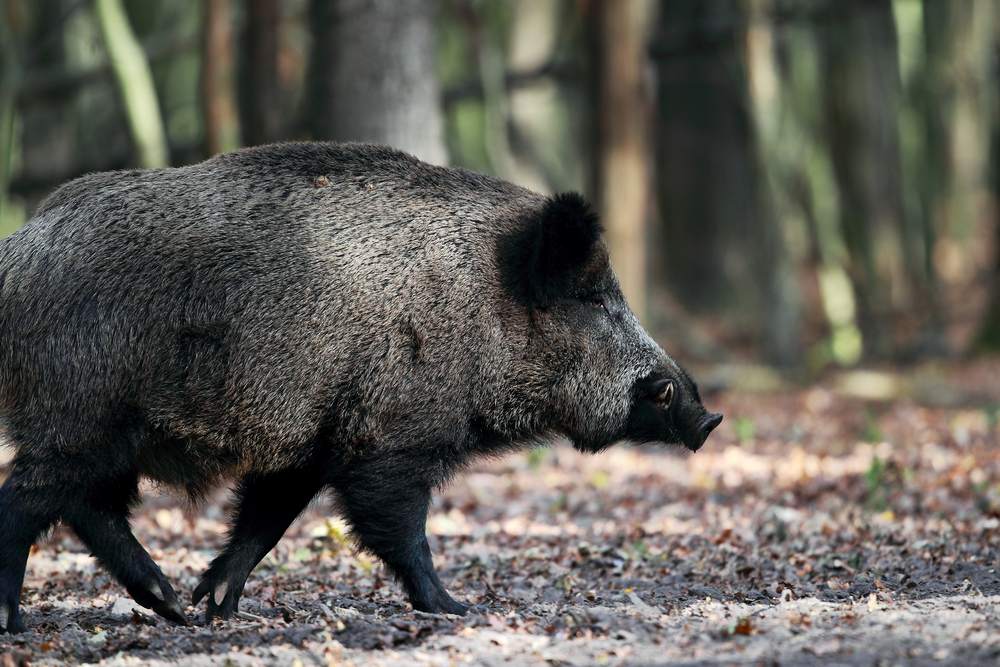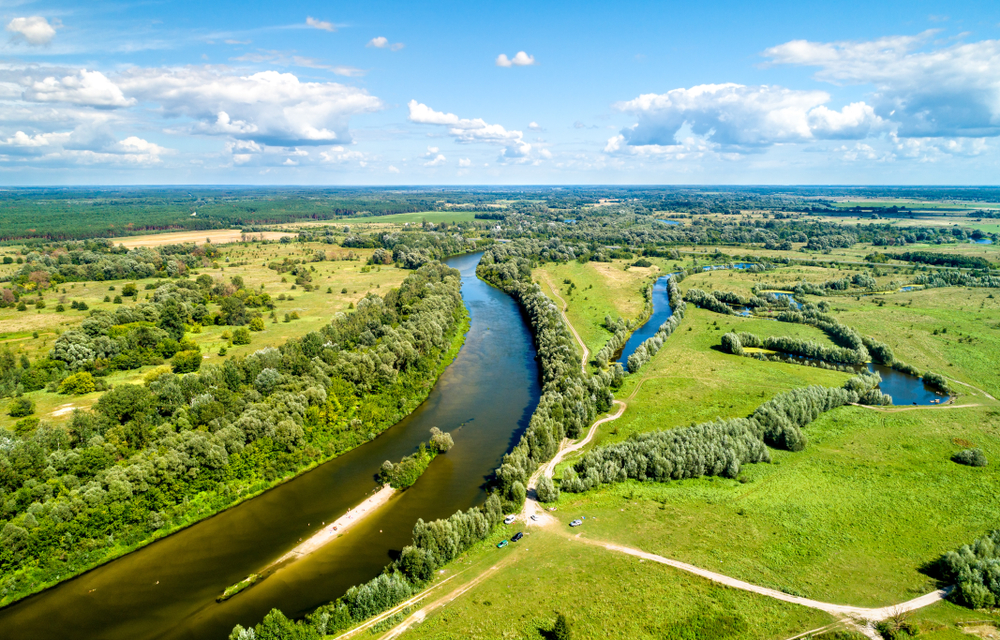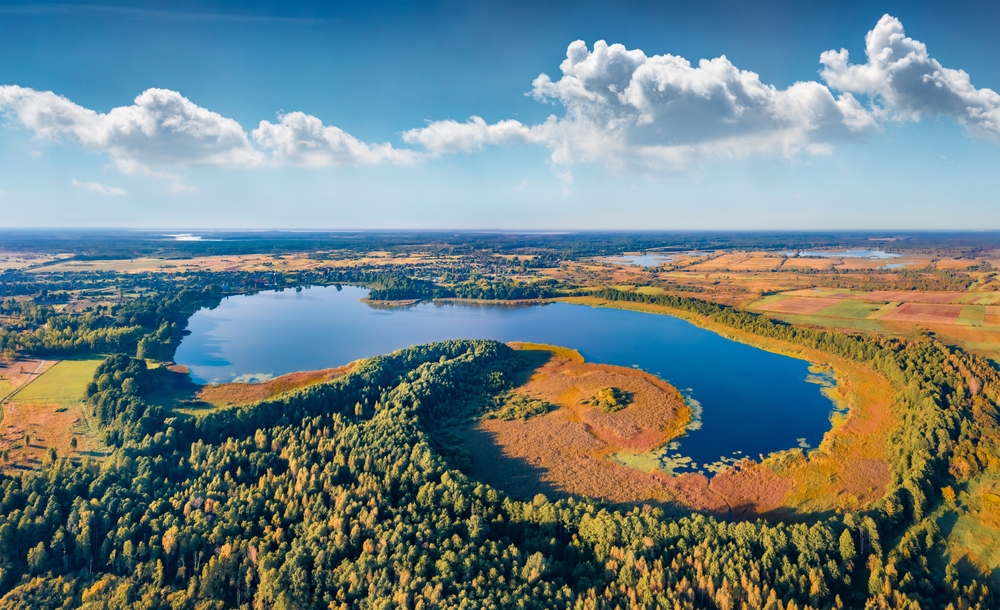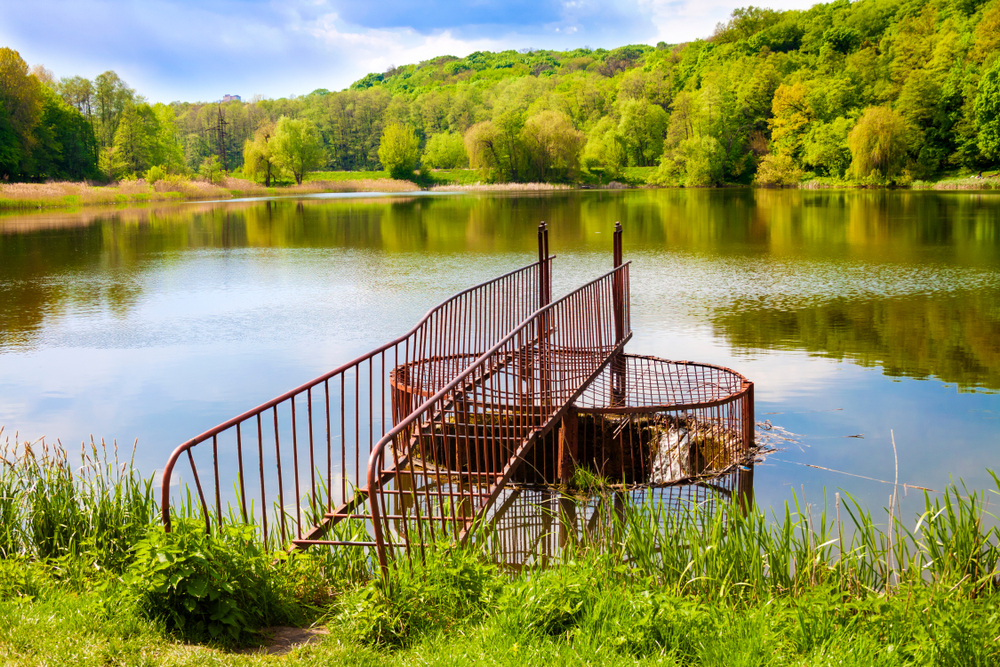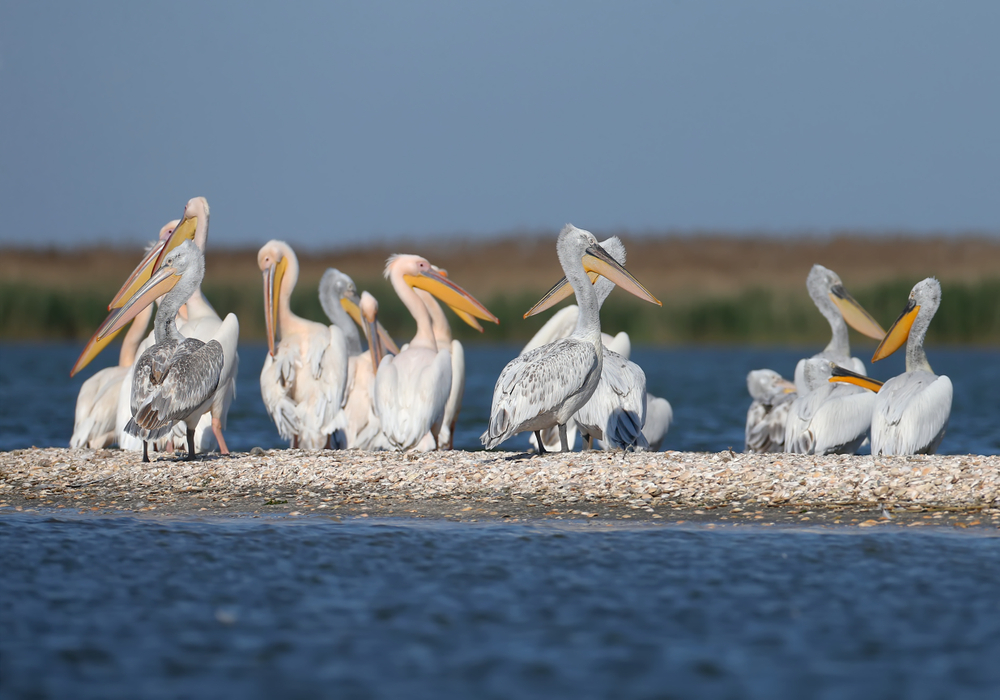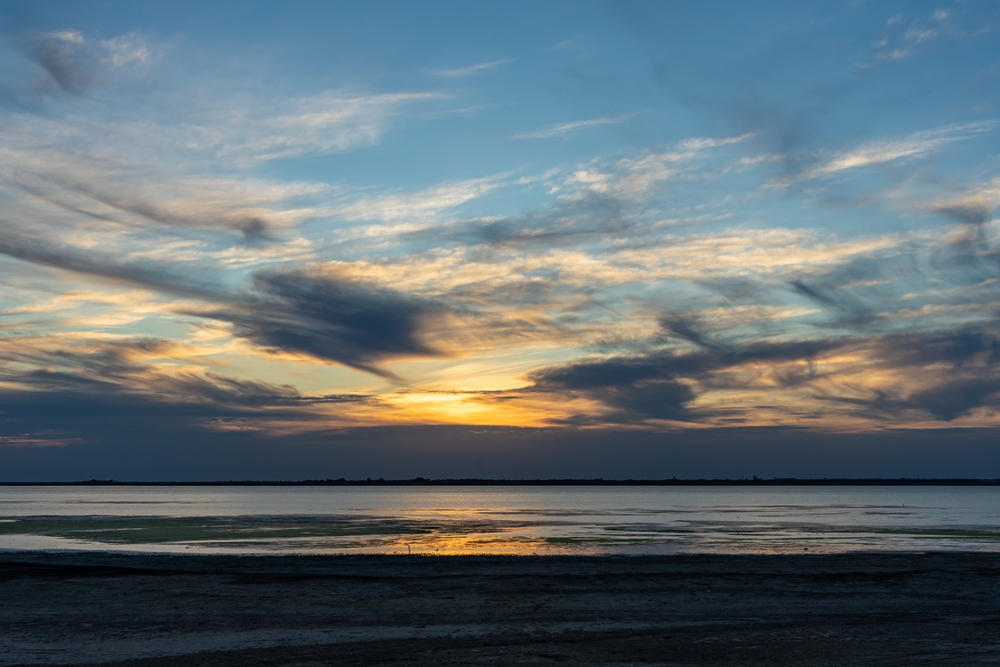Hutsulshchyna Overview
Hutsulshchyna National Park, known locally as Національний природний парк «Гуцульщина», is a protected area in western Ukraine, situated in the Ivano-Frankivsk Oblast.
Covering approximately 123 square miles (319 square kilometers), the park lies in the picturesque Carpathian region, known for its rolling hills, dense forests, and highland meadows. The landscape is shaped by the gentle yet dramatic contours of the Carpathian Mountains, with prominent peaks such as Mount Rozhanka and Mount Lysina adding to its rugged charm.
The Prut and Cheremosh rivers flow through the park, carving deep valleys and providing vital waterways that sustain the diverse ecosystems. Beech, spruce, and fir forests dominate the terrain, interspersed with alpine meadows that bloom with vibrant wildflowers in the warmer months.
Wildlife in Hutsulshchyna National Park thrives in this lush environment, with numerous species making their home in the dense forests and open meadows. Large mammals such as the Eurasian lynx, brown bear, and gray wolf roam the park, while roe deer and red deer can often be seen grazing in the clearings.
Birdwatchers can spot species like the golden eagle, Eurasian eagle-owl, and black stork, which are among the most sought-after sightings. The park is also home to smaller species like foxes, badgers, and a variety of rodents, contributing to a balanced and thriving ecosystem.
Visitors are drawn to Hutsulshchyna National Park for its stunning landscapes and rich cultural heritage. The region is home to the Hutsuls, an ethnic group known for their distinct traditions, colorful folk costumes, and masterful woodwork. The park features historical wooden churches and folk museums that showcase the unique history of the Hutsul people.
Popular activities include hiking through forested trails, horseback riding across open meadows, and mountain biking along scenic ridges. In the winter, cross-country skiing and snowshoeing provide opportunities to experience the park’s tranquil snow-covered landscapes. The park’s rivers and streams offer excellent conditions for rafting and fishing, adding to the variety of outdoor experiences available.
One of the biggest conservation challenges for the park is balancing the needs of local communities with ecological preservation. Logging, illegal hunting, and agricultural expansion have posed threats to the park’s biodiversity, prompting conservation efforts aimed at protecting critical habitats.
Successful initiatives include reforestation programs, wildlife monitoring, and collaboration with local communities to promote sustainable tourism. Park management has also worked to integrate traditional Hutsul knowledge with modern conservation strategies, ensuring that both cultural and natural heritage are preserved for future generations.












































































